Home>Furniture & Design>Outdoor Furniture>How To Get Outdoor Rug To Lay Flat
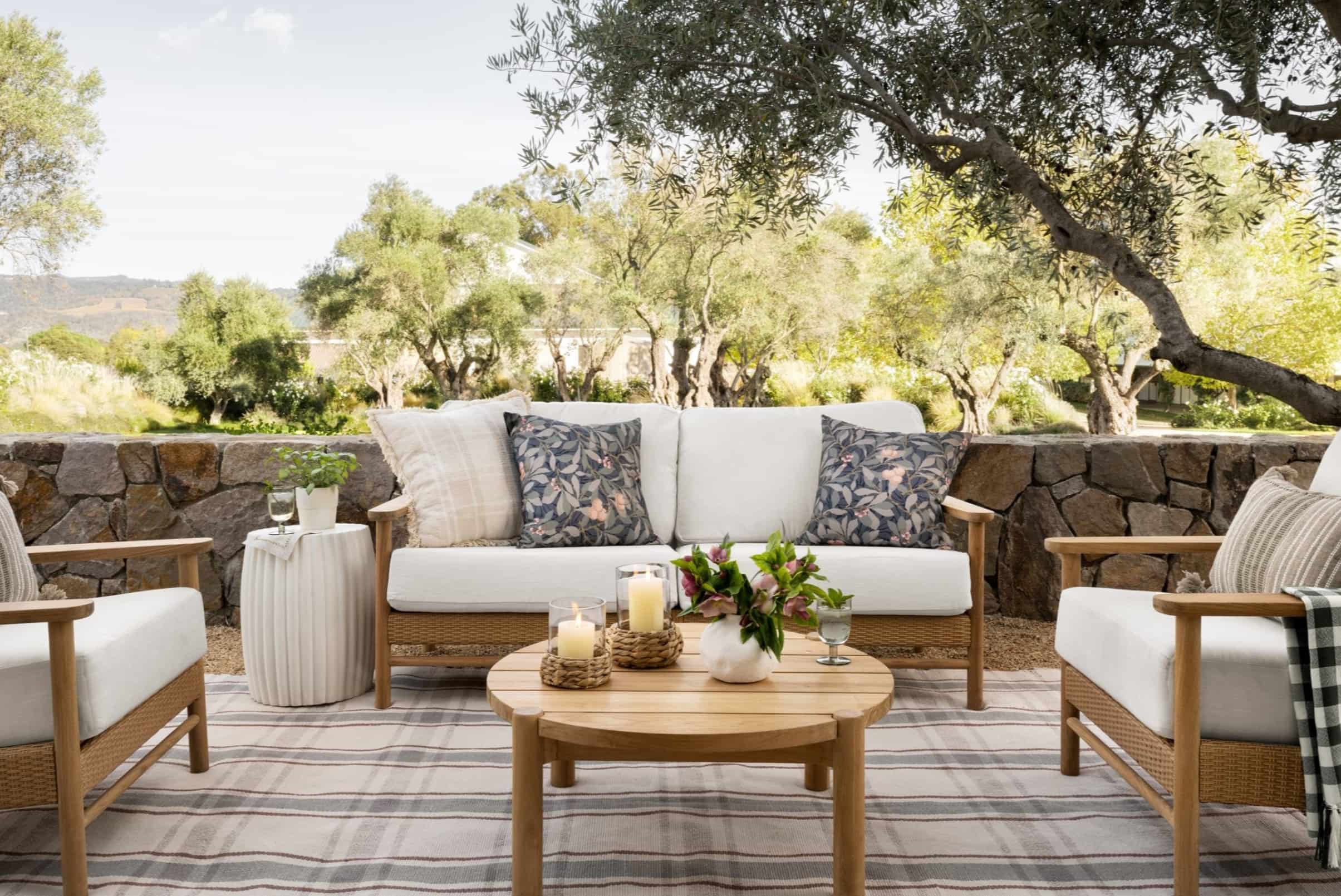

Outdoor Furniture
How To Get Outdoor Rug To Lay Flat
Modified: February 17, 2024
Learn how to get your outdoor rug to lay flat with these simple tips and tricks. Transform your outdoor space with our expert advice on outdoor furniture, design, and more.
(Many of the links in this article redirect to a specific reviewed product. Your purchase of these products through affiliate links helps to generate commission for Storables.com, at no extra cost. Learn more)
Introduction
When you invest in a beautiful outdoor rug to enhance the aesthetics and comfort of your outdoor space, the last thing you want is for it to be marred by unsightly bumps and ripples. However, it's not uncommon for outdoor rugs to arrive with creases and folds from being packaged, or to develop wrinkles over time due to exposure to the elements. Fortunately, there are several effective methods to coax your outdoor rug into laying flat and looking its best.
In this comprehensive guide, we will delve into the various techniques and considerations for ensuring that your outdoor rug lays flat and stays in pristine condition. Whether you're preparing to roll out a new rug or seeking to remedy the stubborn ripples in your current one, the insights and strategies presented here will help you achieve a smooth, inviting surface that complements your outdoor furniture and design.
Let's embark on this journey to transform your outdoor rug from a source of frustration to a source of pride, ensuring that it lays flat and adds to the charm and comfort of your outdoor living space. Whether you're a seasoned outdoor design aficionado or a newcomer to the world of outdoor furnishings, this guide is designed to equip you with the knowledge and techniques to conquer the challenge of getting your outdoor rug to lay flat.
Key Takeaways:
- Ensure a smooth outdoor rug by understanding its material and preparing the surface. Use weights, rolling, adhesive solutions, and gentle heat to flatten and maintain the rug for a visually appealing outdoor space.
- Transform your outdoor rug into a source of pride by customizing flattening techniques based on material and environmental factors. Patience and strategic methods will result in a visually appealing and stable outdoor rug.
Read more: How To Get A Rug To Lay Flat On Carpet
Understanding the Material of Your Outdoor Rug
Before embarking on the journey to flatten your outdoor rug, it’s crucial to understand the material it’s made of. Outdoor rugs are crafted from a variety of materials, each with its own characteristics and behavior when it comes to laying flat. Common materials include polypropylene, polyester, nylon, and natural fibers such as jute and sisal.
Polypropylene, a popular choice for outdoor rugs, is highly resilient and resistant to moisture and mildew. It tends to hold its shape well and is relatively easy to flatten. Polyester rugs, known for their softness and vibrant colors, may require a bit more effort to flatten due to their flexibility. Nylon rugs, prized for their durability and resistance to stains, often respond well to flattening techniques.
Natural fiber rugs like jute and sisal bring an organic, earthy feel to outdoor spaces. While these materials are environmentally friendly and visually appealing, they can be more prone to retaining creases and require gentle handling to avoid damage during the flattening process.
Understanding the material of your outdoor rug will guide you in selecting the most suitable method for flattening it. Different materials may respond differently to various techniques, and being mindful of the rug’s composition will help you approach the flattening process with confidence and effectiveness.
By familiarizing yourself with the unique properties of your outdoor rug’s material, you will be better equipped to choose the most appropriate approach and achieve optimal results in flattening it. With this knowledge in hand, let’s move on to the next step in the journey to transform your outdoor rug into a smooth, inviting surface.
Preparing the Surface
Before initiating the process of flattening your outdoor rug, it’s essential to prepare the surface on which the rug will be placed. The condition of the underlying surface can significantly impact the rug’s ability to lay flat. Whether you’re working with a patio, deck, or any other outdoor area, the following steps will help ensure a smooth and conducive foundation for your rug.
1. Clean the Surface: Begin by thoroughly cleaning the area where the rug will be placed. Remove any debris, dirt, or moisture that could create unevenness or prevent the rug from lying flat. A clean and dry surface is crucial for achieving the best results.
2. Smooth Out Imperfections: Inspect the surface for any protrusions, bumps, or irregularities. Address any uneven areas by sanding down rough spots or using a leveling compound to create a uniform base. A level and smooth surface will promote the even laying of your outdoor rug.
3. Use a Rug Pad: Consider using a rug pad designed for outdoor use. A high-quality rug pad not only provides cushioning and comfort but also helps prevent slipping and wrinkling. It can also act as a barrier against moisture, enhancing the longevity of both the rug and the surface beneath it.
4. Allow for Air Circulation: If placing the rug on a wooden deck or similar surface, ensure that there is adequate air circulation. Trapped moisture can lead to warping and mold growth, affecting both the rug and the underlying structure. Using rug pads with perforations can facilitate airflow and prevent moisture buildup.
By taking the time to prepare the surface before laying down your outdoor rug, you set the stage for a successful flattening process. A clean, level, and well-protected surface not only promotes the longevity of your rug but also ensures a visually pleasing and comfortable outdoor environment. With the groundwork laid, you’re now ready to explore effective techniques for coaxing your outdoor rug into a smooth and inviting state.
Using Weights and Heavy Objects
One effective method for coaxing your outdoor rug to lay flat involves the strategic use of weights and heavy objects. This technique leverages the power of gravity and pressure to gradually smooth out wrinkles and creases, resulting in a flat and well-positioned rug. Here’s how to employ this approach effectively:
1. Positioning the Rug: Lay the rug in the desired location, ensuring that it is aligned and centered as per your preference. Smooth out any visible wrinkles and folds as much as possible before proceeding with the weighted flattening technique.
2. Placing Weights: Along the edges and corners of the rug, position heavy objects such as outdoor furniture, potted plants, or decorative garden stones. These items should be sturdy and substantial enough to exert consistent pressure on the rug without causing damage. Alternatively, heavy books or weighted exercise equipment can be utilized for indoor-outdoor rugs.
3. Allowing Time: Leave the weights in place for an extended period to allow the rug to gradually conform to the surface beneath it. Depending on the material and stubbornness of the creases, this process may take several days or even weeks. Regularly check the rug’s progress and adjust the positioning of the weights as needed.
4. Applying Heat: In conjunction with the weighted flattening method, you can expedite the process by exposing the rug to gentle heat. Using a hairdryer set to a low or medium heat setting, warm the areas with persistent creases while maintaining a safe distance to prevent overheating or damage to the rug’s fibers. The combination of heat and pressure can help relax the material and facilitate a smoother laying process.
By harnessing the force of gravity and implementing strategic weight placement, you can encourage your outdoor rug to gradually lay flat and conform to the underlying surface. This method is particularly effective for stubborn creases and ripples, allowing you to achieve a visually appealing and inviting outdoor rug that complements your outdoor furniture and design.
To get an outdoor rug to lay flat, try rolling it in the opposite direction and letting it sit in the sun for a few hours. You can also use heavy furniture to weigh down the edges.
Rolling and Reversing
Another effective technique for coaxing your outdoor rug into a flat and smooth state involves the strategic use of rolling and reversing. This method leverages the principles of tension and relaxation to gradually release stubborn creases and ripples, resulting in a well-positioned and visually appealing rug. Here’s how to employ this approach effectively:
1. Initial Unrolling: Upon receiving a new rug or when dealing with persistent creases, start by unrolling the rug in the opposite direction of the existing folds. This counterintuitive approach can help counteract the natural tendency of the rug to retain its packaged shape and encourage it to lay flatter.
2. Reversing the Rug: After unrolling the rug in the opposite direction, reverse the process by rolling it up tightly in the opposite direction of the stubborn creases. This action introduces tension to the rug’s fibers, helping to gradually release and relax the persistent folds. Secure the rolled rug with straps or heavy-duty tape to maintain the tension.
3. Allowing Relaxation: Leave the tightly rolled rug in this reversed position for an extended period, allowing the tension to work its magic in gradually flattening the rug. Depending on the material and the severity of the creases, this process may take several days or even weeks. Regularly check the rug’s progress and adjust the tension as needed.
4. Repeating the Process: If persistent creases persist after the initial rolling and reversing, repeat the process to further encourage the relaxation of the rug’s fibers. Each iteration of rolling and reversing introduces additional tension and relaxation, gradually coaxing the rug into a smoother and flatter state.
By strategically leveraging the principles of tension and relaxation through rolling and reversing, you can effectively encourage your outdoor rug to lay flat and conform to the underlying surface. This method is particularly effective for addressing persistent creases and ripples, resulting in a visually appealing and inviting outdoor rug that enhances the charm and comfort of your outdoor living space.
Read more: How To Get New Rugs To Lay Flat
Using Rug Grippers or Double-Sided Tape
When it comes to ensuring that your outdoor rug lays flat and stays securely in place, utilizing rug grippers or double-sided tape can be a highly effective strategy. These adhesive solutions provide additional anchoring and support, preventing the rug from shifting and creating a smoother, more stable surface. Here’s how to employ these methods effectively:
Rug Grippers: Rug grippers, which are typically made of a non-slip rubber or silicone material, can be strategically placed beneath the corners and edges of the rug. These grippers adhere to both the rug and the underlying surface, providing traction and preventing the rug from bunching up or forming wrinkles. Ensure that the grippers are compatible with outdoor use and are designed to withstand exposure to the elements.
Double-Sided Tape: High-quality double-sided carpet tape offers a secure and discreet method for anchoring your outdoor rug to the underlying surface. Apply the tape along the edges and corners of the rug, ensuring that it is positioned to provide consistent adhesion without causing damage to the rug or the surface beneath it. Double-sided tape is particularly effective for preventing the rug from shifting or lifting at the edges.
Strategic Placement: When using rug grippers or double-sided tape, pay attention to the strategic placement to ensure comprehensive coverage and stability. Focus on the corners and edges, as these areas are prone to lifting and shifting. Additionally, consider applying the adhesive solutions in areas where persistent creases or ripples need extra support in laying flat.
Regular Maintenance: Periodically check the rug grippers or double-sided tape to ensure that they remain securely in place and provide the necessary support. As outdoor conditions and foot traffic can impact the adhesion of these solutions, proactive maintenance can help preserve the flatness and stability of your outdoor rug over time.
By incorporating rug grippers or double-sided tape into your flattening strategy, you can enhance the stability and flatness of your outdoor rug, ensuring that it remains securely positioned and visually appealing. These adhesive solutions offer a practical and reliable means of addressing persistent ripples and maintaining the integrity of your outdoor rug in the face of outdoor elements and usage.
Applying Heat
Introducing gentle heat to your outdoor rug can be a valuable technique for coaxing it into a flat and smooth state. Heat can help relax the fibers, release persistent creases, and promote the rug’s adherence to the underlying surface. When applying heat, it’s essential to exercise caution and use appropriate methods to avoid damage to the rug. Here’s how to effectively apply heat to encourage your outdoor rug to lay flat:
Steam Treatment: Using a handheld garment steamer, apply gentle steam to the areas of the rug with persistent creases and ripples. The steam helps to relax the fibers and encourages the rug to lay flatter. Maintain a safe distance from the rug’s surface to prevent excessive moisture and ensure even application of the steam.
Hairdryer Method: Set a hairdryer to a low or medium heat setting and direct the warm airflow over the areas of the rug that require flattening. Keep the hairdryer in constant motion to prevent overheating or singeing the rug’s fibers. As with the steam treatment, maintain a safe distance to ensure that the heat is applied evenly and gently.
Sun Exposure: On a sunny day, consider laying the rug in a flat, open area where it can be exposed to the sun’s warmth. The natural heat and gentle UV rays can help relax the rug’s fibers and promote a smoother laying process. Regularly check the rug’s progress and adjust its positioning to ensure even exposure to the sun.
Cautionary Measures: When applying heat to your outdoor rug, it’s crucial to exercise caution to prevent damage. Avoid using high heat settings, direct flame, or excessive moisture, as these can compromise the integrity of the rug’s material. Additionally, be mindful of the rug’s specific material and any manufacturer recommendations regarding heat exposure.
By incorporating the application of gentle heat into your flattening strategy, you can effectively encourage your outdoor rug to lay flat and conform to the underlying surface. This method, when used with care and consideration, can help release persistent creases and ripples, resulting in a visually appealing and inviting outdoor rug that complements your outdoor furniture and design.
Conclusion
Transforming your outdoor rug from a source of frustration to a source of pride involves a combination of knowledge, patience, and strategic techniques. By understanding the unique properties of your rug’s material and implementing effective flattening methods, you can achieve a smooth, inviting surface that enhances the charm and comfort of your outdoor living space.
Throughout this guide, we’ve explored various approaches to coaxing your outdoor rug into laying flat and staying in pristine condition. From preparing the underlying surface to utilizing weights, rolling and reversing, employing adhesive solutions, and applying gentle heat, each method offers valuable insights into achieving optimal results.
It’s important to approach the flattening process with a mindful and patient mindset, recognizing that different rugs may respond differently to specific techniques. By customizing your approach based on the rug’s material, the severity of creases, and environmental factors, you can maximize the effectiveness of your efforts and enjoy a visually appealing and stable outdoor rug.
As you embark on the journey to flatten your outdoor rug, remember to prioritize the long-term well-being of both the rug and the underlying surface. By maintaining a clean, level, and well-protected environment, you can extend the lifespan of your rug and ensure a comfortable and visually pleasing outdoor space for relaxation and entertainment.
With the knowledge and strategies presented in this guide, you are equipped to conquer the challenge of getting your outdoor rug to lay flat, enhancing the aesthetics and functionality of your outdoor living area. By embracing the process with enthusiasm and perseverance, you can transform your outdoor rug into a seamless and inviting addition to your outdoor furniture and design.
Now, armed with these insights and techniques, you’re ready to embark on the journey of transforming your outdoor rug into a smooth, inviting surface that complements your outdoor living space and elevates your outdoor experience.
Frequently Asked Questions about How To Get Outdoor Rug To Lay Flat
Was this page helpful?
At Storables.com, we guarantee accurate and reliable information. Our content, validated by Expert Board Contributors, is crafted following stringent Editorial Policies. We're committed to providing you with well-researched, expert-backed insights for all your informational needs.
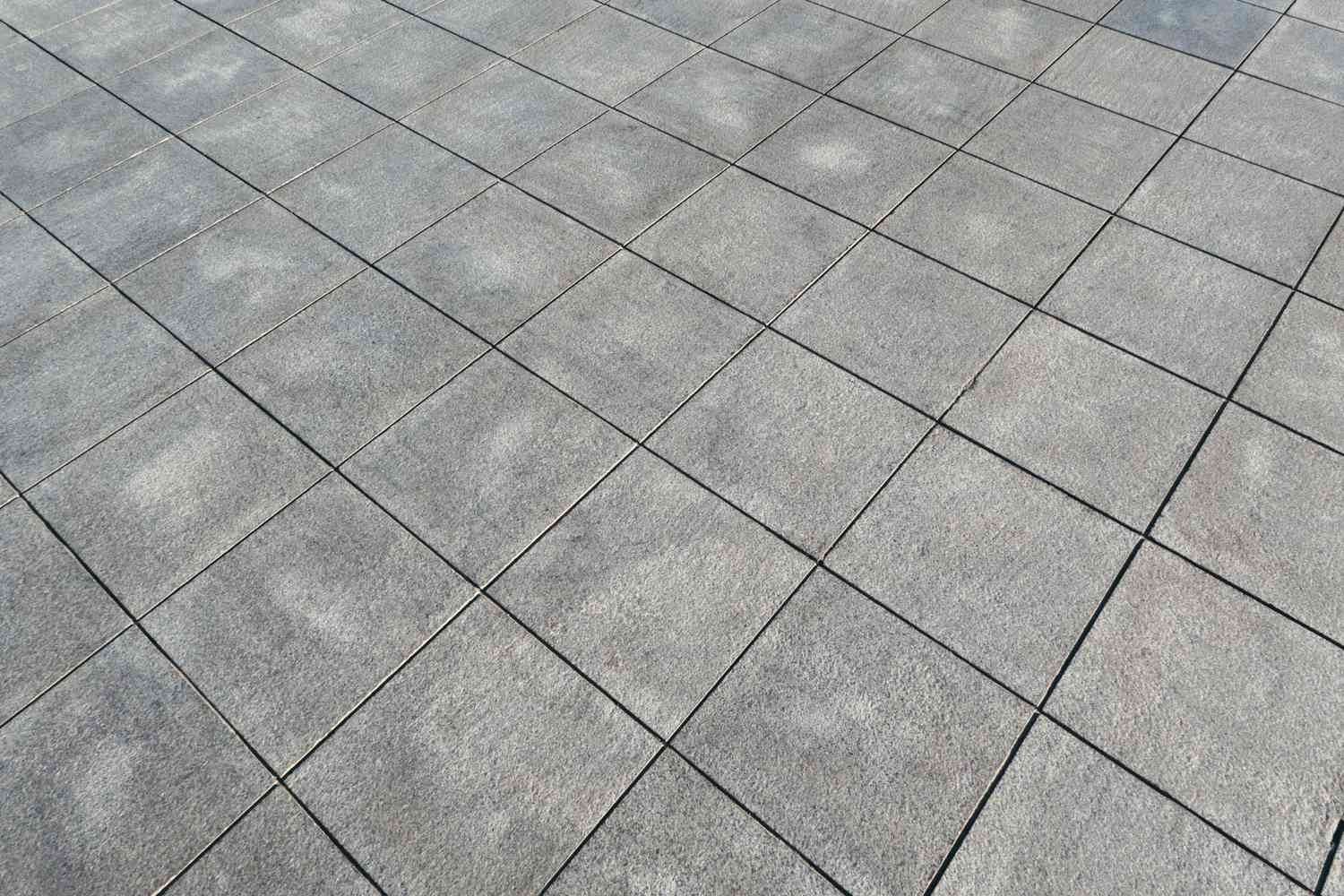
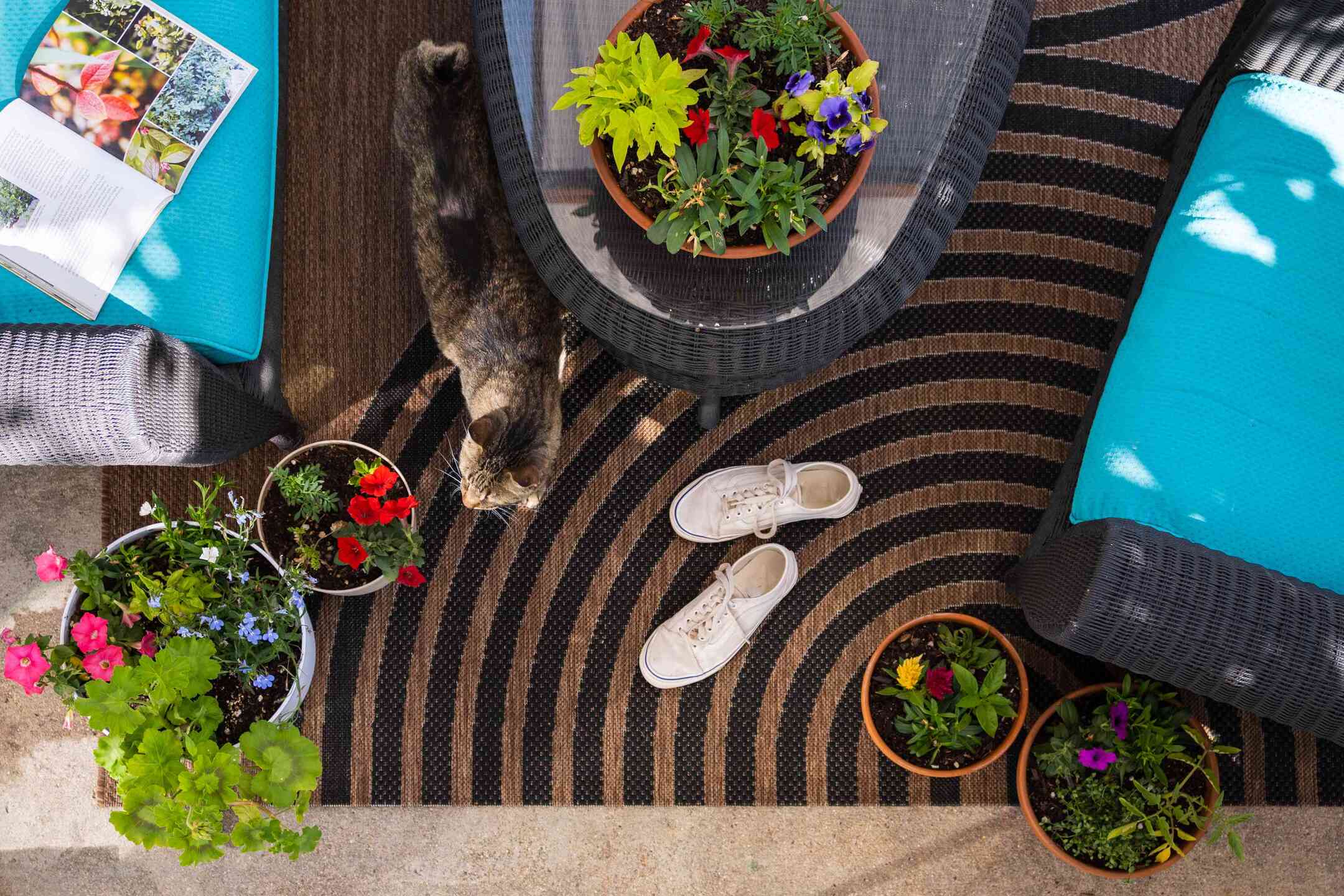
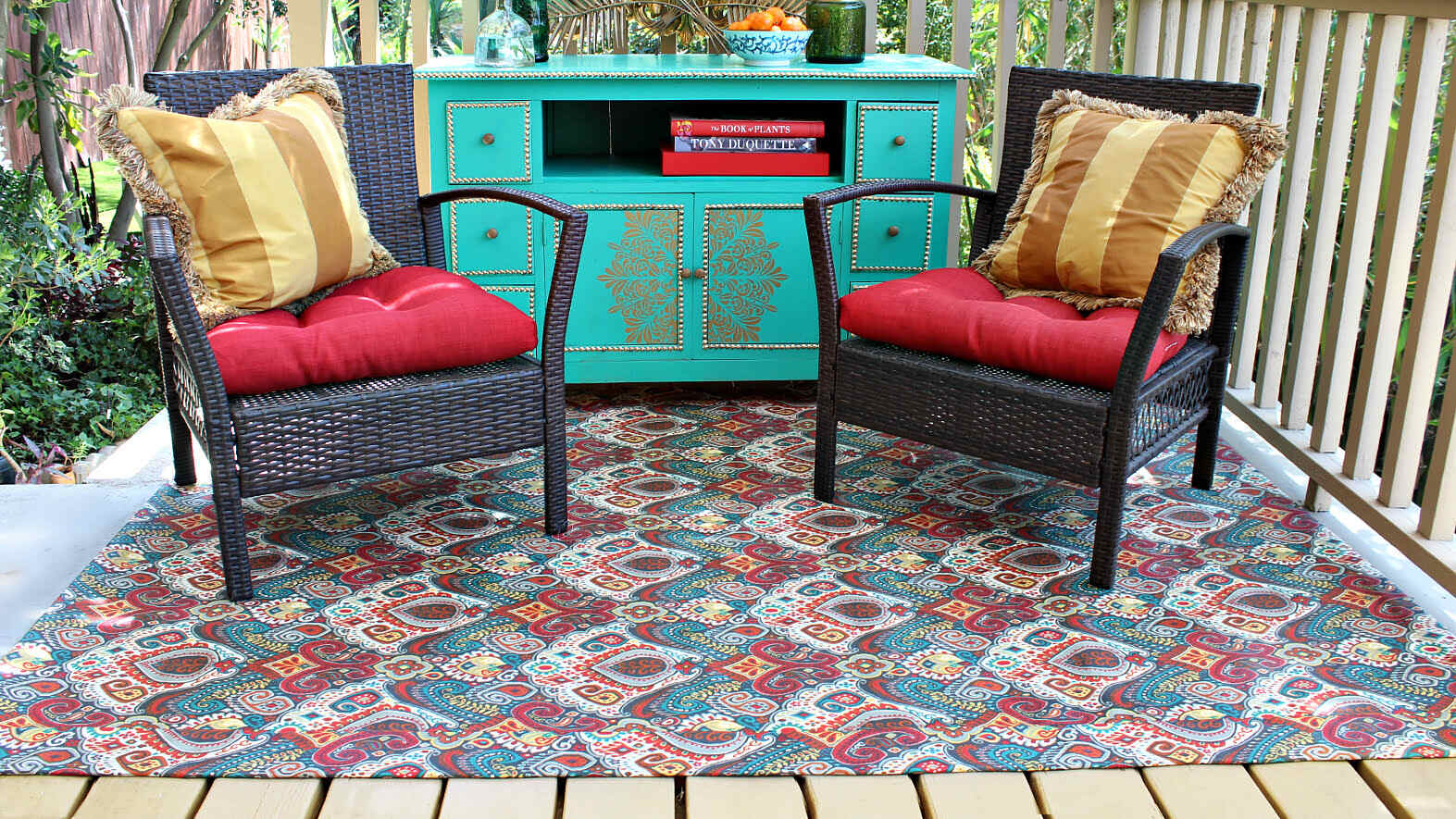
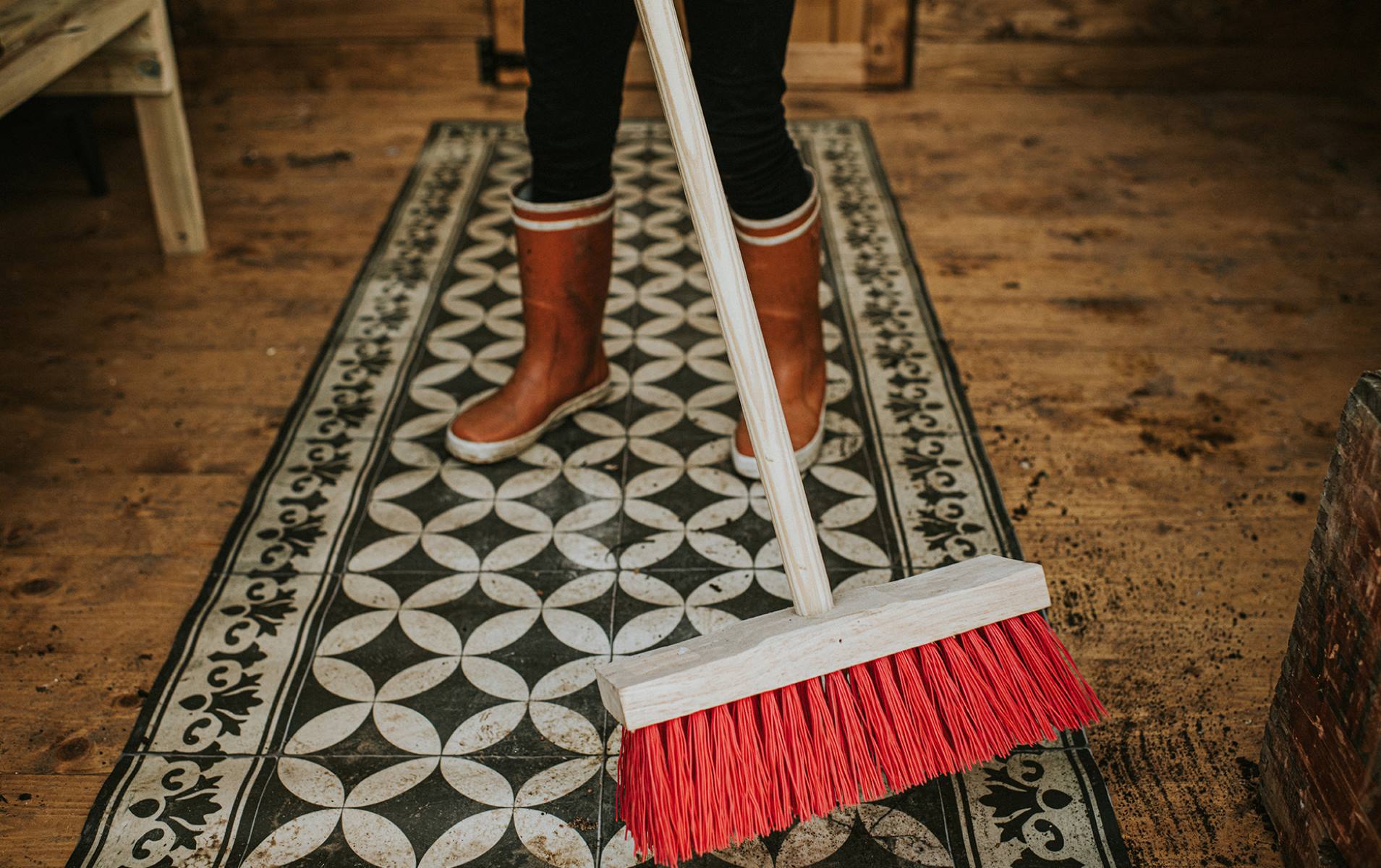

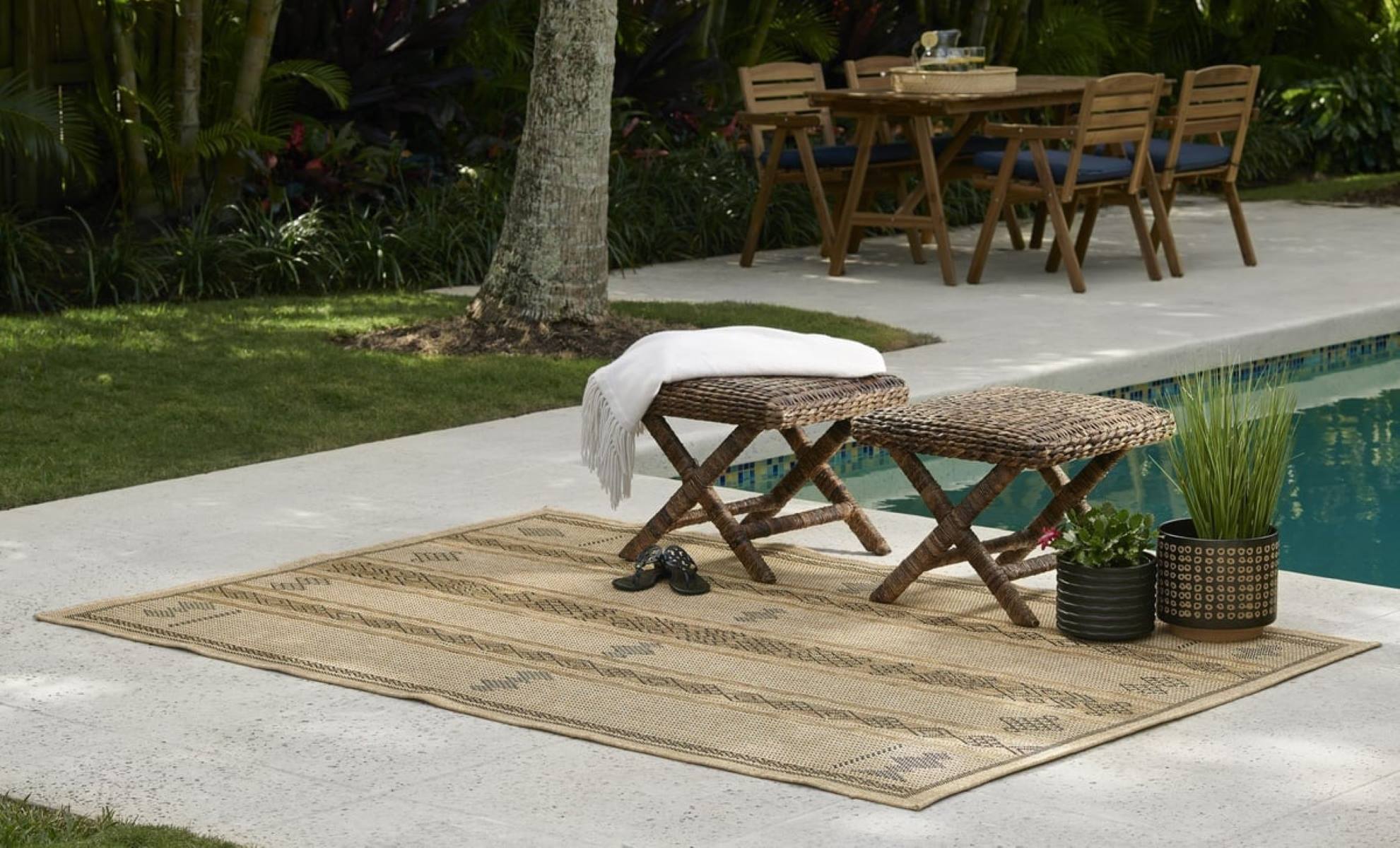
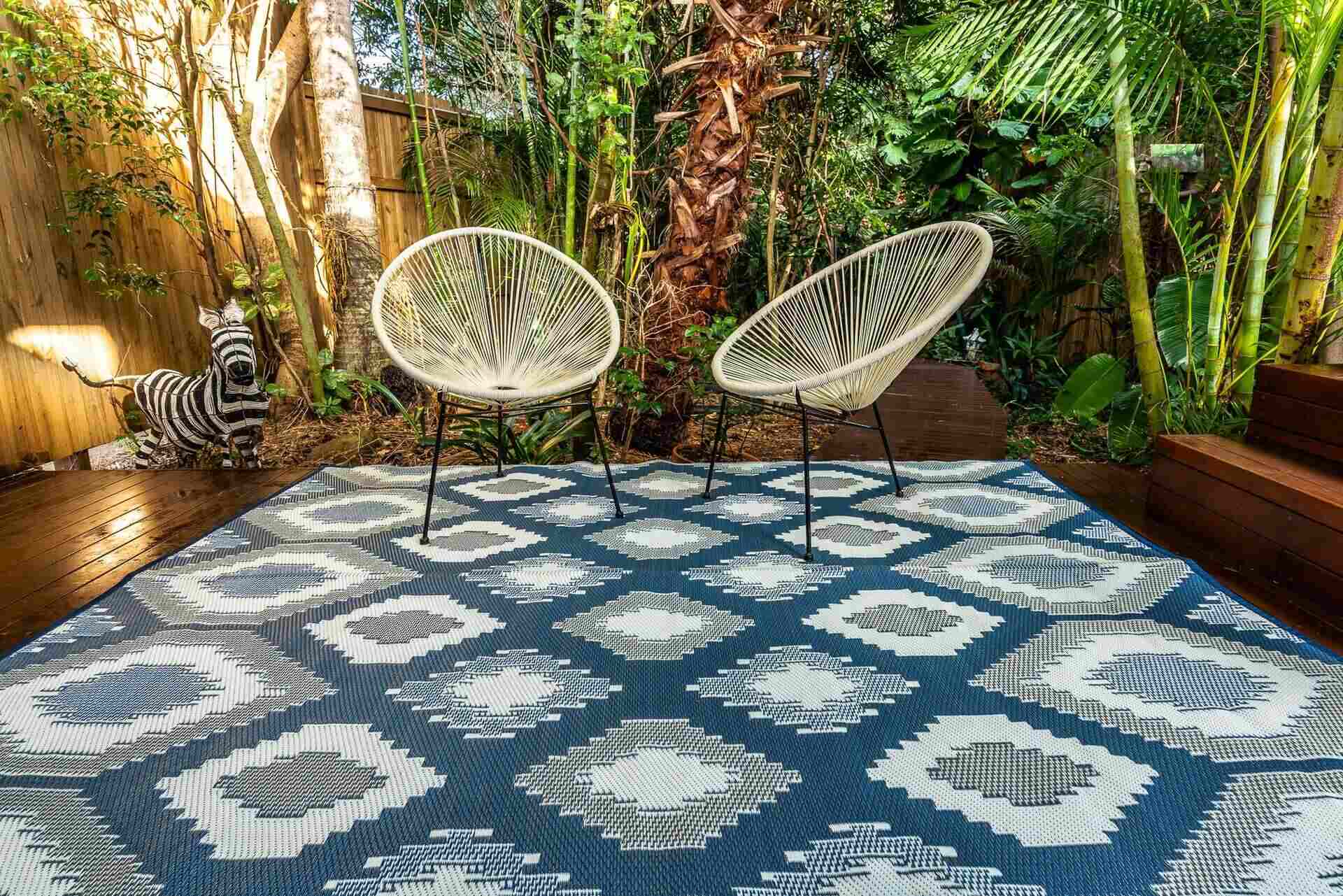

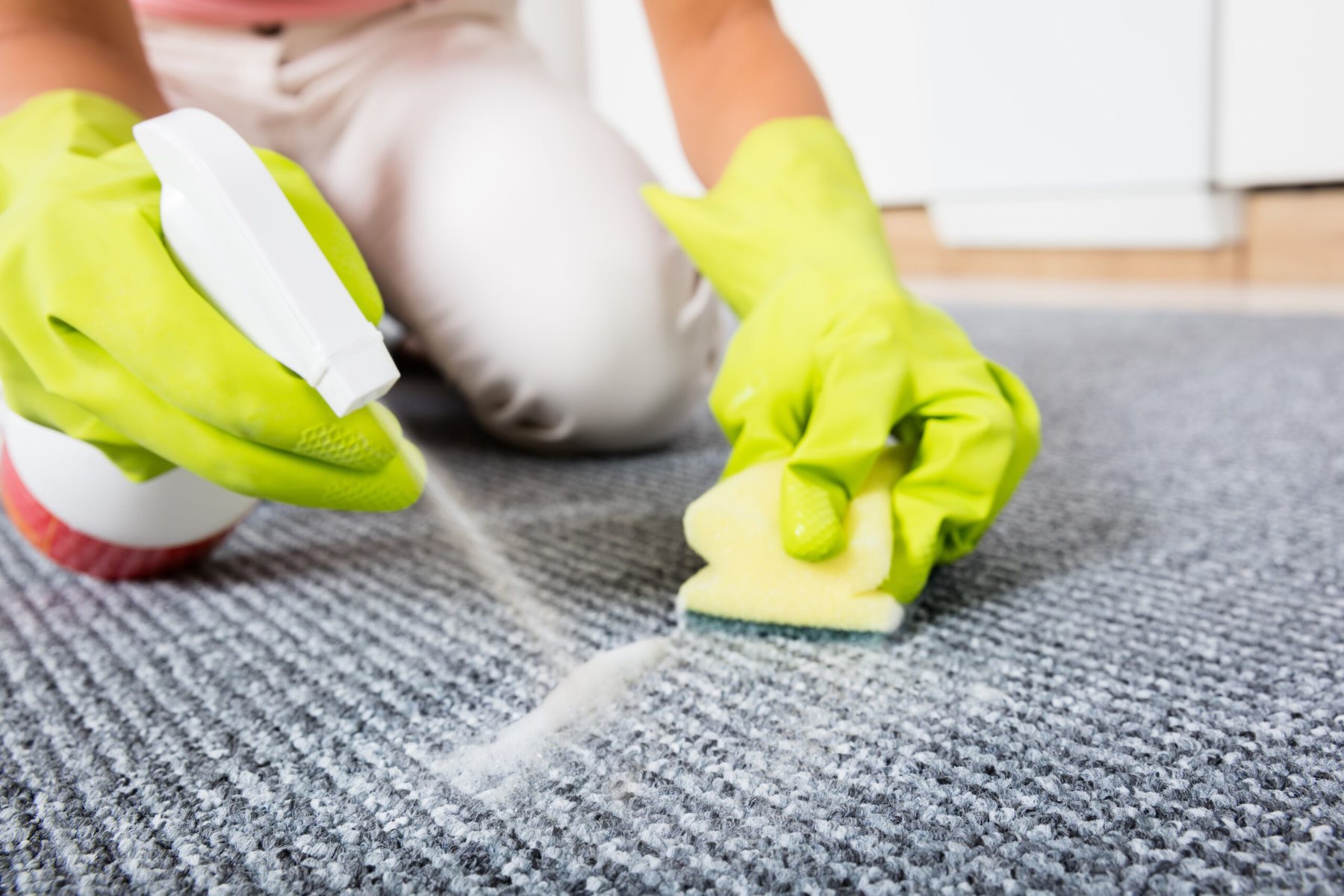
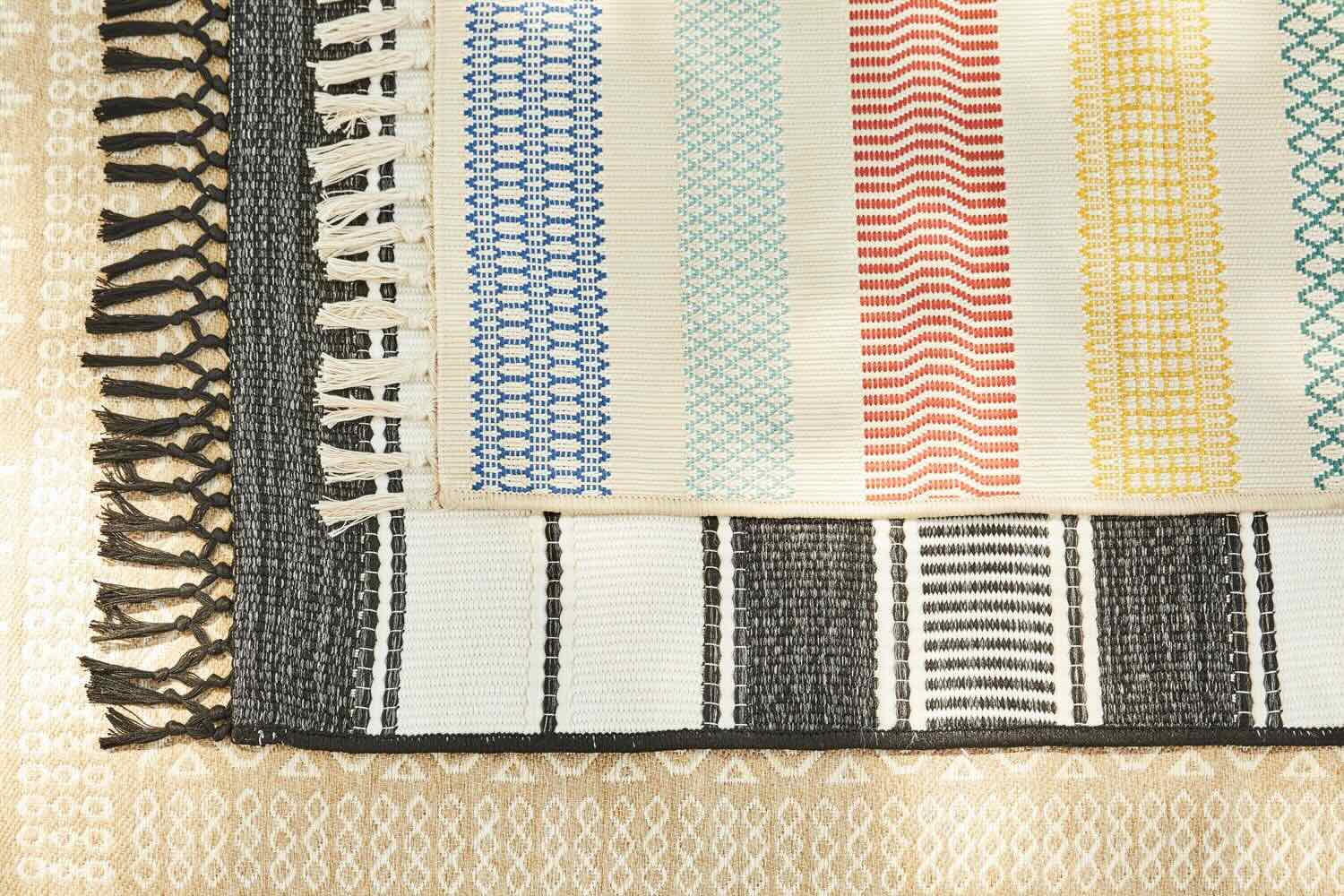
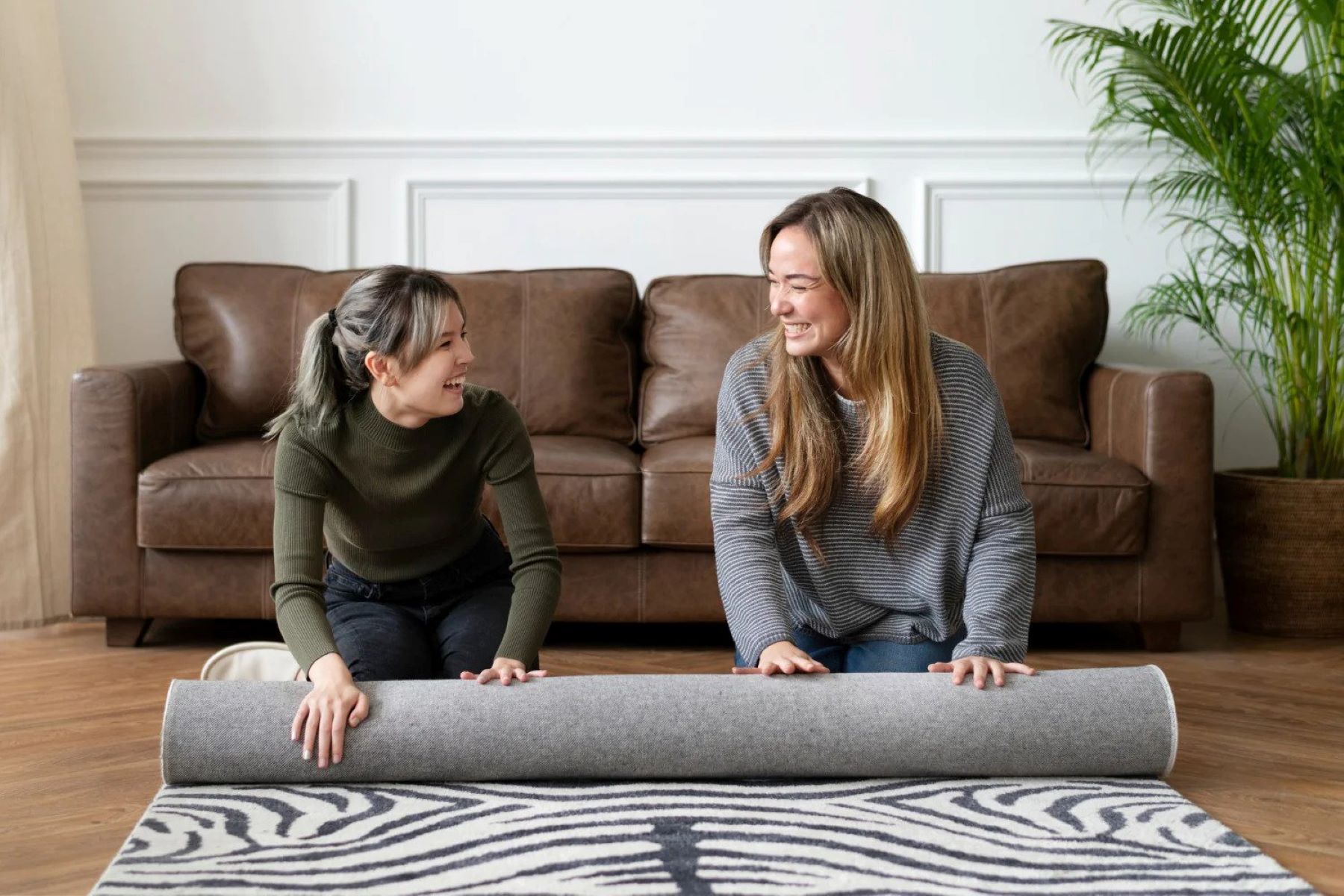

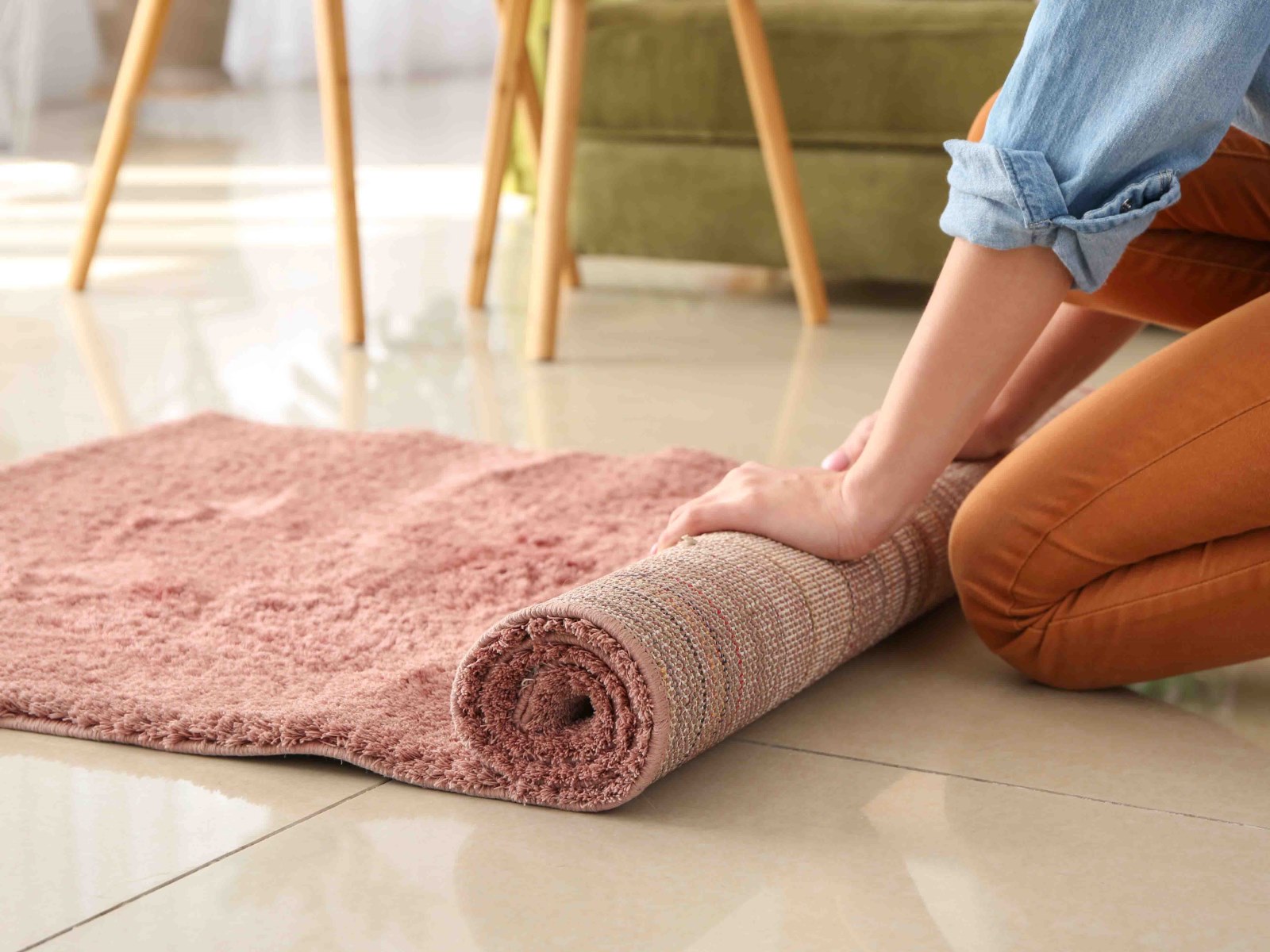
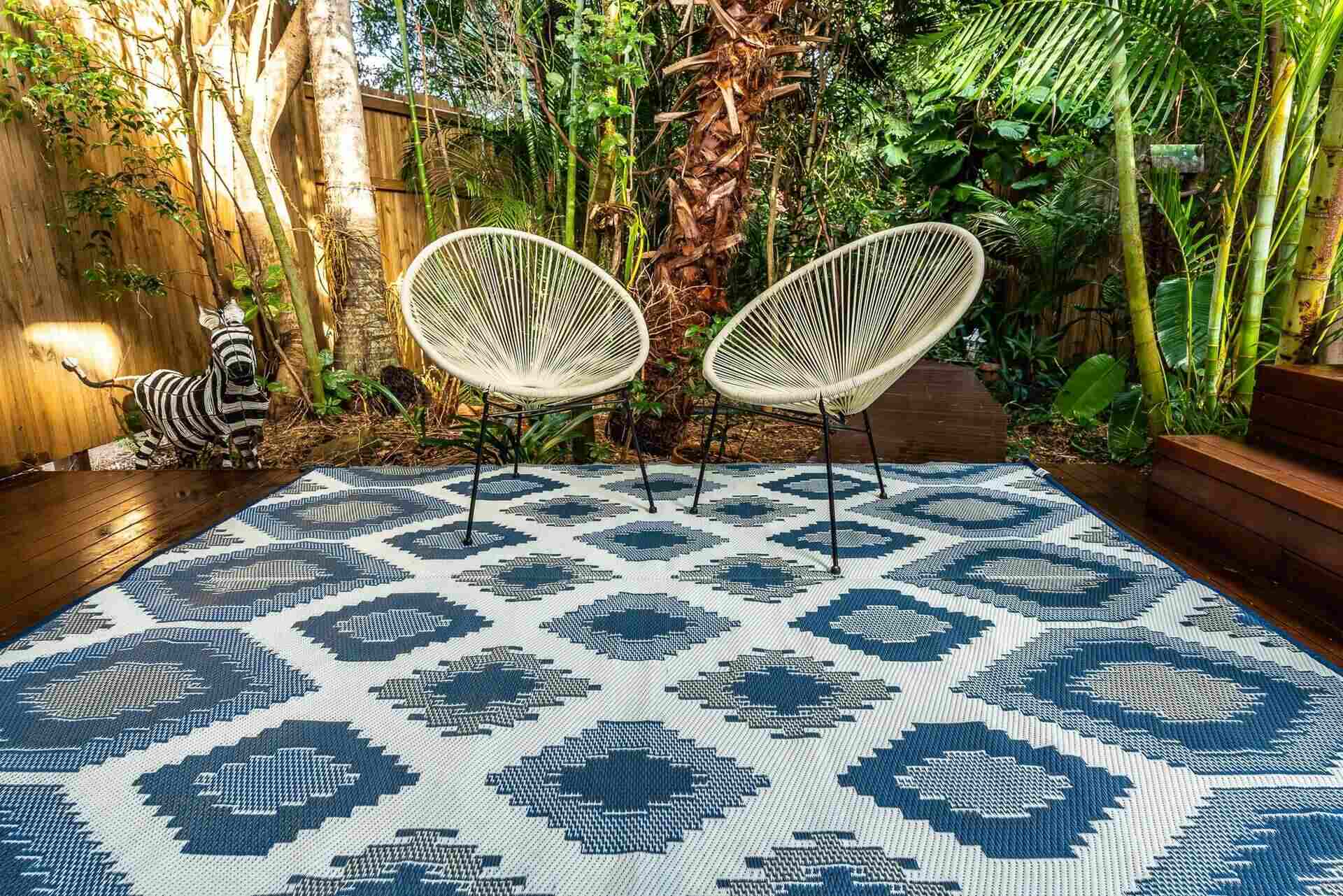

0 thoughts on “How To Get Outdoor Rug To Lay Flat”